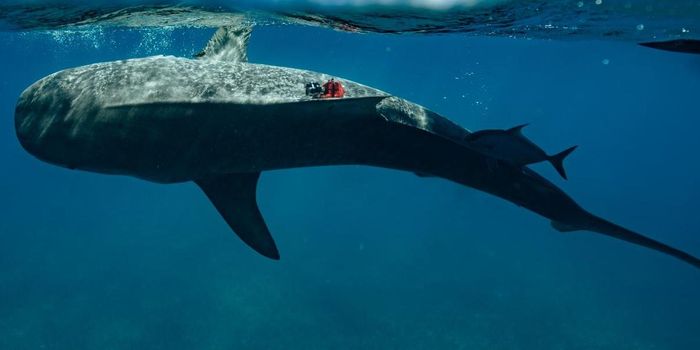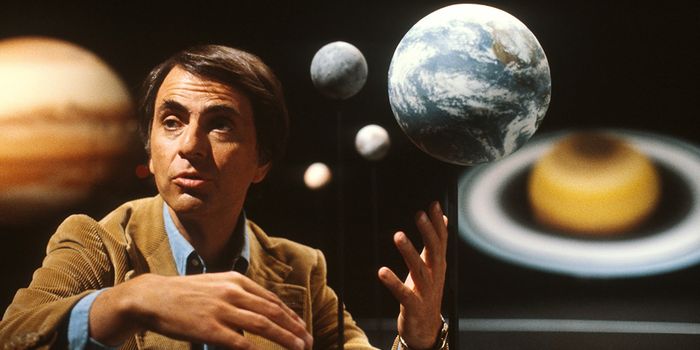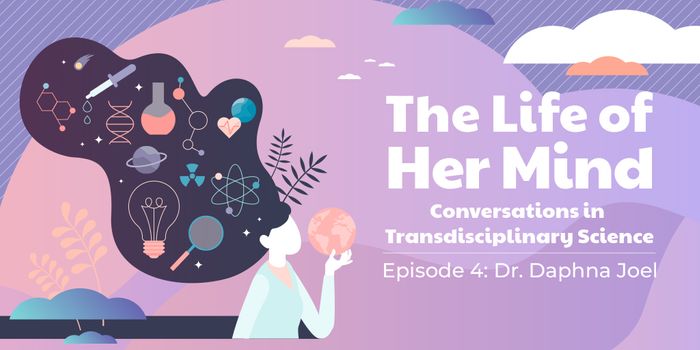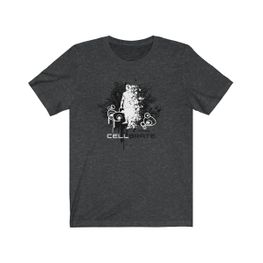I'm a writer living in the Boston area. My interests include cancer research, cardiology and neuroscience. I want to be part of using the Internet and social media to educate professionals and patients in a collaborative environment.
Kids, and even some adults, love the fun and delicious candy that pops in your mouth. There is some science behind the sugary treats however. It starts with making a simple syrup of sugar and water with some color and fake flavor and heating it. When the water evaporates, it's gooey and pliable.To make it pop though, it takes 600 pounds per square inch of carbon dioxide pumped into it to create gas bubbles encapsulated into it. The pressure as it hardens causes it to break into tiny pieces. When it gets into the mouth, the warm saliva melts the sugar coating and the gas bubbles burst. The bubbles do this because poppy candy "sublimes" in that it goes directly from a liquid to a gas.
Sherbet, which is another name for a powdered candy that pops and is similar to Pixie sticks in the US is made with a bit of chemistry as well, combing icing sugar, citric acid and bicarbonate of soda. These ingredients together create the popping sensation as gas is expelled. Even science has it sweeter moments.
You May Also Like
JAN 05, 2021
Space & Astronomy
As scientists are learning more about microbes existing in the higher echelons of the Earth's atmosphere, they are b
...
Written By:
Annie Lennon
JAN 17, 2021
Space & Astronomy
Having just one star in our solar system makes us an outlier in our galaxy. However, while most solar systems in the Mil
...
Written By:
Annie Lennon
MAY 29, 2021
Space & Astronomy
Researchers have that there was four times more soot in the pre-industrial Southern Hemisphere's atmosphere than pre
...
Written By:
Annie Lennon
JUL 05, 2021
Plants & Animals
Great white sharks are warm-blooded, and new research helps explain why.
Written By:
Anne Medina
NOV 09, 2021
Space & Astronomy
Carl Sagan was born November 9, 1934, 87 years ago today. He would go on to become one of the most influential voices in
...
Written By:
Hannah Daniel
DEC 13, 2022
Neuroscience
Dr. Daphna Joel is Professor of Psychology and Neuroscience at Tel Aviv University. Dr. Joel is a member of the School o
...
Loading Comments...
Trending Categories
-
MAY 07, 2024Is It Anti-RNP or Anti-Sm/RNP?
- See More
-
APR 30, 2024Immuno-Oncology Virtual Event Series 2024
-
MAY 07, 20243rd International Biosecurity Virtual Symposium
-
JUN 06, 2024The Future of Scientific Conferencing
- See More















































